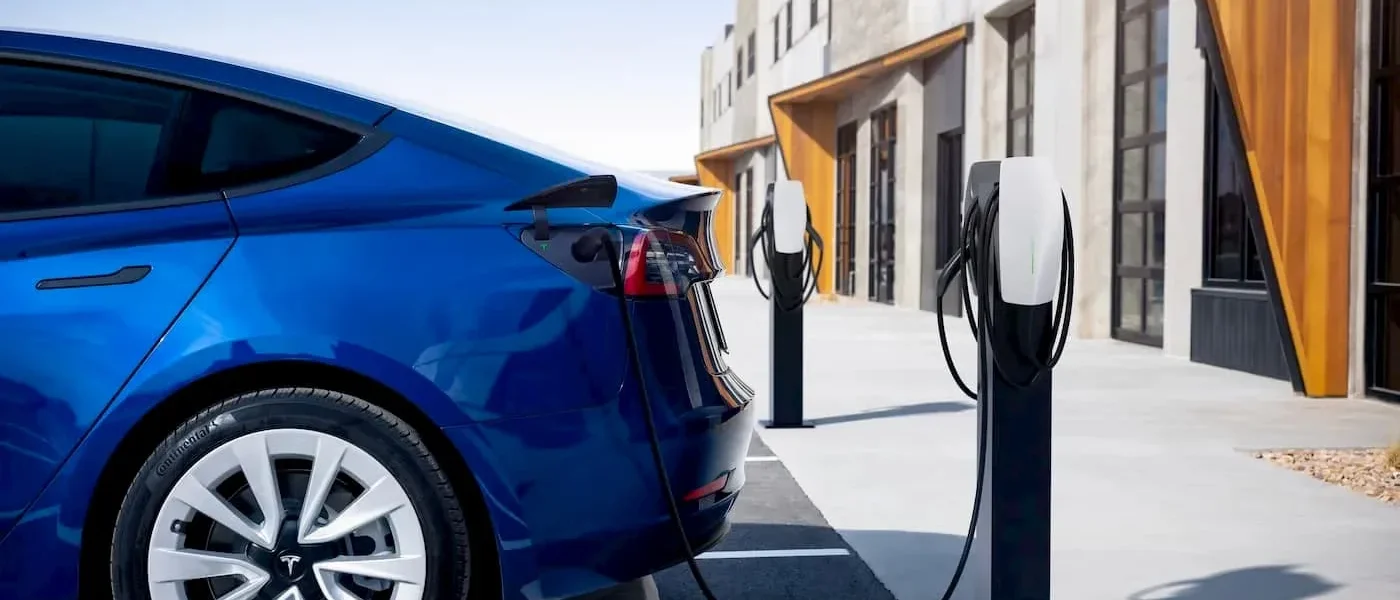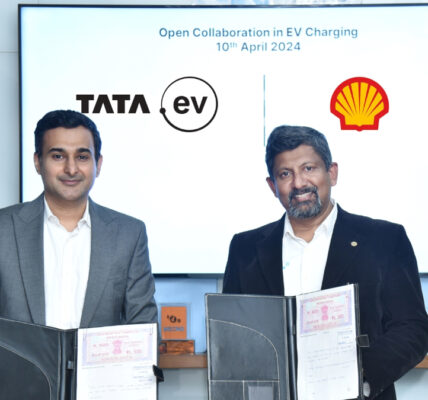The buzz around is unmistakable — electric vehicles (EVs) are coming and taking over. In the next two years, there are over 40 new models of automobiles set to be launched that will be powered by electricity. A few others are moving to hybrid mode. The two-wheeler segment is afire with excitement and several logistics and delivery companies are placing en masse orders, building their fleets in green mode. Some reports say a total of over one crore vehicles powered by electricity are expected to be sold by the end of the decade.
At the same time, a Central government oil ministry panel has a unique proposal for cities with over a million populations — impose a ban on all diesel-powered four-wheelers in four years, by 2027, and allow sale and registration of only EVs in the urban centres. The panel wants to enforce a regulatory and policy drive to catalyse faster adoption of EVs by commercial entities in logistics, supply, courier and cargo.
“By 2030, all city buses should be electric. Diesel buses for city transport should not be added from next year,” the panel recommended.
Almost on divine cue, the country reported that after lithium reserves were first found in Kashmir earlier this year, new and higher reserves were found in Rajasthan’s Degana subdivision. As the world moves to electricity-powered devices across the spectrum of industry and life, the newly discovered reserves can, as per reported estimates, power a large chunk of the country’s needs.
But even as rising fuel prices and environment awareness drives up the demand for electric vehicles, at least in the direct passenger category, India must focus on readiness beyond manufacturing of vehicles to ensure that the “charging ecosystem” is ready. India needs a public charging station network that can act as the equivalent of our CNG and petrol pump chains in order to mobilise growth in EV usage.
The fusion of EV technology and innovation, policy and fiscal incentives, private investments and a larger infrastructural overhaul will decide to what level India would achieve its goals of reducing carbon emissions, decreasing petroleum imports and usage and also correspondingly augmenting its green energy producing capability.







